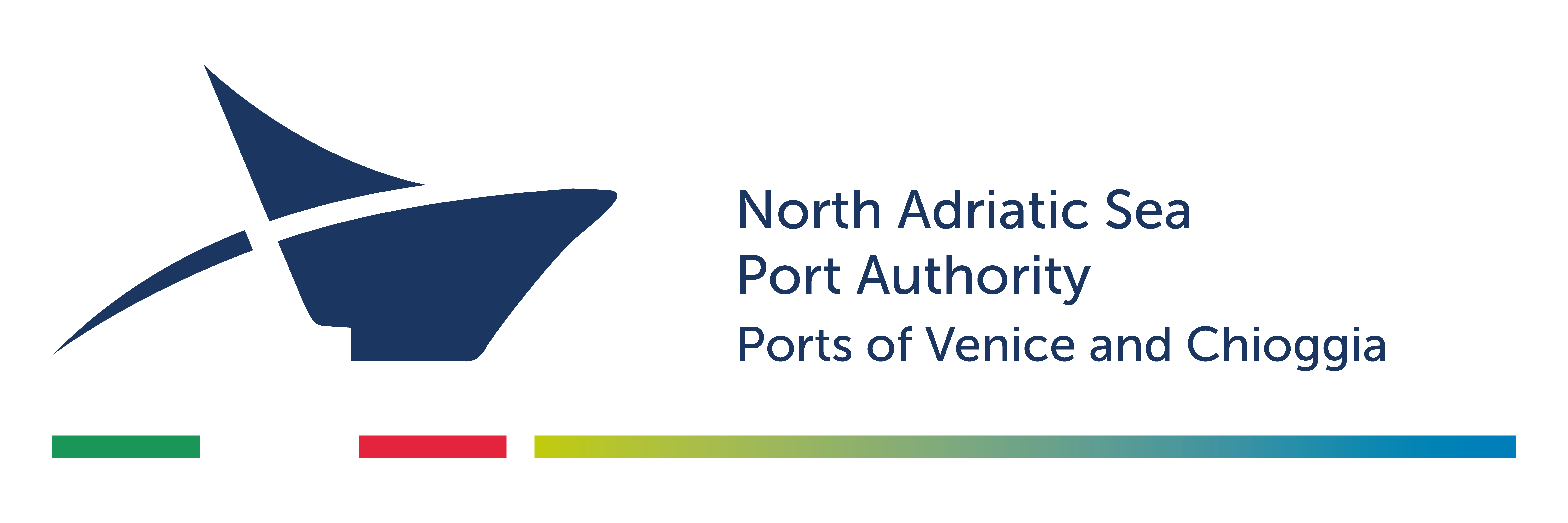Feasibility Technical and Economic Planning Begins
The process of revitalizing the waterfront areas of the ports in Venice and Chioggia is ready to commence. The North Adriatic Sea Port Authority, having completed the documentary verifications, has swiftly and definitively awarded the contract for technical and economic feasibility planning to the consortium led by Arup Italia Srl. Comprising Cecchetto&Associati Srl, PROAP Lda, and Arup Spain, the consortium emerged as the winner in the international competition featuring 12 of the top firms from the national and international landscape. The winning team consists of experts in various disciplines and specialties with both national and international backgrounds and experiences, as well as local expertise. Additional consultants will also be engaged to address specialized issues.
“The project we are about to undertake reflects the new needs of the port and the desire to seamlessly integrate these needs with the port’s established operations,” says the President of the North Adriatic Sea Port Authority, Di Blasio. “In our waterfront areas in Chioggia and Venice, port activities are vibrant, continually evolving, and seeking a renewed connection with urban activities they interact with, whether directly or visually. The revitalization we are about to initiate will aim to establish a more harmonious relationship between the functionality and use of the quays, buildings, and port spaces and the daily life of the city, including other work-related, educational, recreational, and residential activities. This has only been made possible and will continue to be possible through constant dialogue with city institutions and our ongoing efforts to open the port to the city, allowing us to embrace the many community initiatives in progress.”
The Port Authority actively involved the IUAV University in defining the design guidelines for the competition and formed an evaluation committee composed of professionals with diverse and highly professional backgrounds to assess the multiple aspects involved in the planning. The committee, chaired by Professor Fabio Russo, an experienced member of the Higher Council of Public Works, as well as a professor at La Sapienza University in Rome, included architect Anna Buzzacchi, Head of the Department of Cultural Heritage, Environment, and Sustainability at the National Council of Architects, nominated by the Order of Architects, Planners, Landscapers, and Conservators of Venice, and engineer Marco D’Elia, Director of Infrastructure and Transport for the Veneto Region, appointed by the Order of Engineers of Venice.
The areas that will be the subject of the technical and economic feasibility project are, for Venice, the quayside areas between S. Andrea and S. Basilio, totaling 17 hectares, and for Chioggia, the Saloni and via Maestri del Lavoro areas, covering approximately 13 hectares. The estimated budget for the revitalization works of the two waterfronts is around 120 million euros, but the appointed designers will now have 180 days to develop their proposal. They will initiate technical and collaborative meetings with port operators, local authorities, and the two cities right from the start, and throughout the planning process, they will also define the functions that will be accommodated in the areas and those that are no longer compatible with the planned developments, for which relocation hypotheses will be formulated. Maximum attention will also be given to ensuring the continuity of existing transport, city service, office, and parking space usage for cars, involving individual concessionaires.
“In conclusion,” Di Blasio states, “the result must be an overall masterplan, which can include both small interventions and large-scale projects, implementable in independent phases. It should be a unified, high-quality design that breaks down the concept of a port enclosure, creating an attractive urban space rich in functional, social, and productive potential related to both the port’s role and the city’s regular activities. A dynamic space capable of accommodating the succession, alternation, or mixing of different demands and flows, both during the same day and throughout the seasons.”

